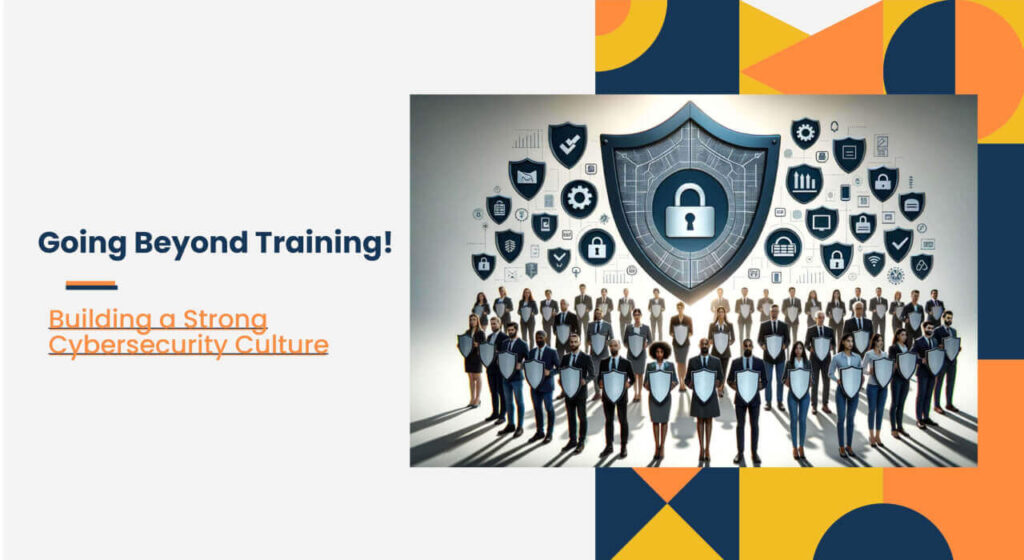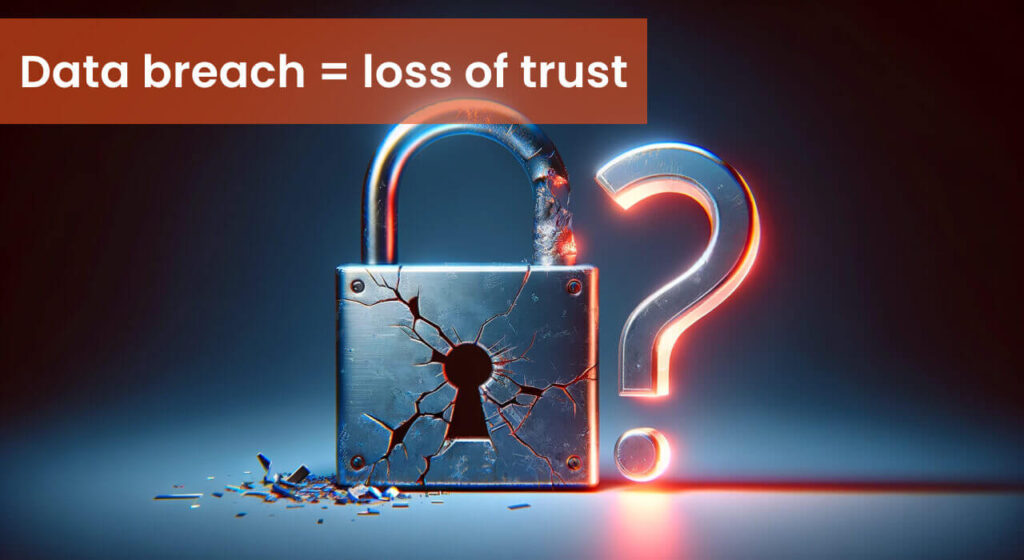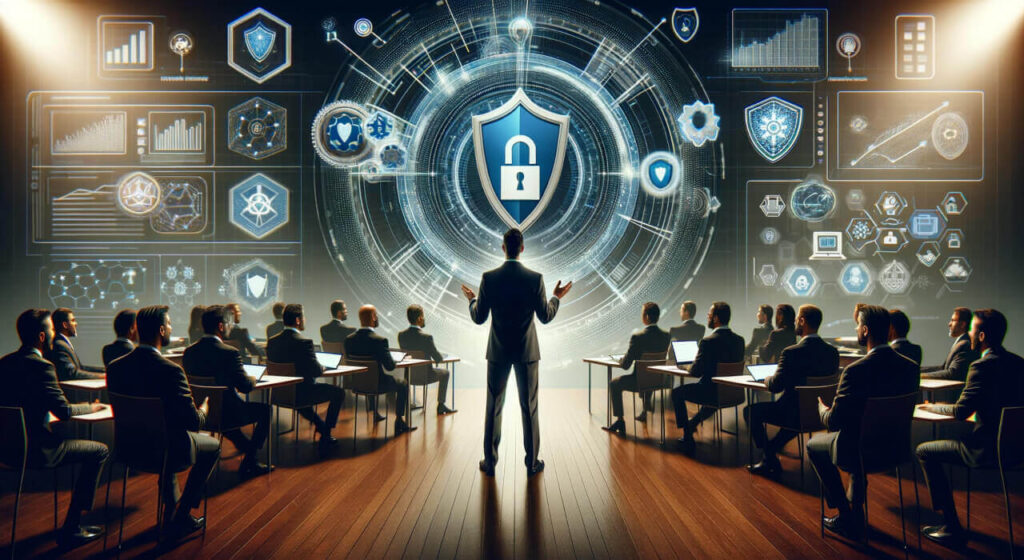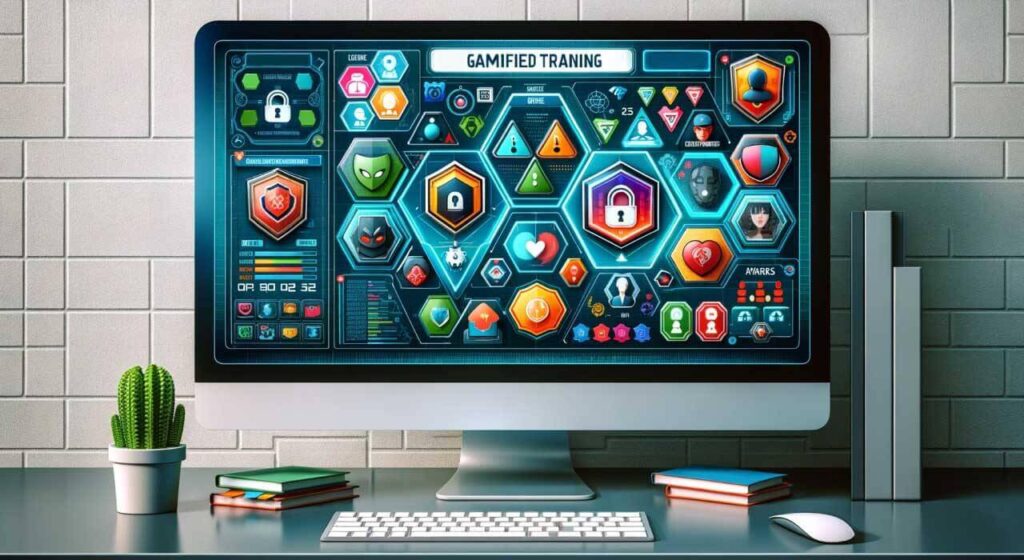
Beyond Firewalls: Building a Strong Cybersecurity Culture
The digital landscape thrives on connectivity, but this very interconnectedness breeds vulnerability. Cyber threats are escalating at an alarming rate, with attackers constantly devising sophisticated methods to infiltrate systems and steal sensitive data. The IBM Security X-Force Threat Intelligence Index 2023 reported a 68% increase in attempted ransomware attacks year-over-year, highlighting the growing aggression of cybercriminals. The cost of cybercrime paints a grim picture – a 2023 report by Cybersecurity Ventures predicts global cybercrime damages to reach a staggering $10.5 trillion by 2025.
While technical safeguards like firewalls and intrusion detection systems form the first line of defense, they are no longer sufficient. Cybercriminals exploit human vulnerabilities through social engineering tactics like phishing emails. A 2022 study by Verizon revealed that 82% of data breaches involved a human element. This underscores the critical need to move beyond a purely technical approach to cybersecurity.
Cultivating a strong cybersecurity culture within an organization emerges as a powerful defense mechanism. It fosters a shared understanding of cyber threats and empowers employees to become active participants in safeguarding the organization’s digital assets. This article specifically targets business leaders and IT professionals, equipping them with the knowledge and strategies to build a robust cybersecurity culture within their teams.
Why is a Strong Cybersecurity Culture Important?

The financial repercussions of cyberattacks are staggering. According to the 2023 Breach Cost Index by IBM Security, the global average cost of a data breach reached a record high of $4.35 million. This translates into a significant financial burden for organizations of all sizes, potentially impacting everything from operational costs to investor confidence.
However, the ramifications extend far beyond monetary losses. A successful cyberattack can severely damage an organization’s reputation and erode customer trust. News of a data breach can induce anxiety and uncertainty amongst customers, potentially leading to a decline in brand loyalty and market share. The 2022 Edelman Trust Barometer revealed that 64% of global consumers would stop doing business with a company following a data breach, highlighting the crucial link between cybersecurity and customer confidence.
A strong cybersecurity culture transcends technical solutions by fostering a shared sense of responsibility amongst employees. It empowers individuals to view themselves as active participants in safeguarding the organization’s digital assets. This shift in mindset encourages vigilance and a proactive approach towards cyber threats. Employees become more attuned to suspicious activities, such as phishing attempts or malware disguised as legitimate software.
Consequently, a culture of awareness reduces the organization’s overall attack surface. Empowered employees can identify and report potential threats promptly, enabling a swifter response and potentially mitigate the damage caused by a cyberattack. Furthermore, employees equipped with knowledge of cybersecurity best practices are better equipped to make informed decisions regarding data handling and online interactions. This can significantly reduce the risk of human error, a leading cause of security breaches as highlighted in the Verizon 2022 Data Breach Investigations Report https://www.verizon.com/business/en-gb/resources/2022-data-breach-investigations-report-dbir.pdf.
By cultivating a culture of cybersecurity awareness, organizations can significantly enhance their overall security posture. This not only safeguards valuable data and financial assets but also fosters a foundation of trust with customers and stakeholders.
The good news is that there are a wealth of free resources available to empower even small businesses with the tools and knowledge necessary to build a robust defense against cyber threats. You can find these resources in our follow-up article, “Free Cybersecurity Resources for Small Businesses: Tools and Tips to Stay Secure“
Building Blocks of a Strong Cybersecurity Culture
Establishing a robust cybersecurity culture requires a multi-faceted approach encompassing leadership commitment, clearly defined policies, engaging educational programs, and fostering open communication.
Establishing a robust cybersecurity culture requires a multi-faceted approach encompassing leadership commitment, clearly defined policies, engaging educational programs, and fosterinLeadership Commitment: Setting the Standardg open communication.
Leadership Commitment: Setting the Standard

A strong cybersecurity culture thrives on a foundation of leadership buy-in. Leaders play a pivotal role in setting the tone and prioritizing cybersecurity within the organization. As Palo Alto Networks CEO Nikesh Arora aptly stated, “Cybersecurity is not just an IT issue; it’s a business issue.” Leaders must actively demonstrate their commitment by allocating resources, advocating security awareness initiatives, and holding themselves accountable for upholding cybersecurity best practices. This unwavering commitment sends a powerful message throughout the organization, encouraging employees to embrace their role in safeguarding the company’s digital assets.
Clear Policies and Procedures: The Guiding Principles
Well-defined policies provide a crucial framework for employee behavior in the digital landscape. These policies should encompass essential aspects like password management protocols, data handling procedures, and acceptable use of technology. For instance, a strong password policy should mandate the use of complex passwords with regular change intervals. Data handling procedures should outline the appropriate methods for storing, transmitting, and disposing of sensitive information.
Continuous Education & Awareness

Traditional cybersecurity training methods often fall short in fostering long-term knowledge retention and practical application. Organizations must adopt engaging and interactive approaches to keep employees informed and vigilant.
- Security Simulations: Simulating real-world phishing attacks allows employees to test their ability to identify and respond to suspicious emails. This hands-on experience equips them with the necessary skills to navigate potential threats in the workplace.
- Gamification: Incorporating game mechanics into training programs can make learning interactive and enjoyable. Points, badges, and leaderboards can incentivize participation and knowledge retention.
- Microlearning: Delivering bite-sized information through short videos, quizzes, or internal newsletters can effectively address short attention spans and busy schedules.
Open Communication and Reporting: A Culture of Transparency
critical element of a strong cybersecurity culture is fostering an environment where employees feel empowered to report suspicious activity without fear of reprisal. Organizations must establish clear channels for reporting concerns, such as dedicated hotlines or anonymous reporting mechanisms. This open communication loop allows for the timely identification and mitigation of potential threats.
Additionally, incorporating cybersecurity considerations into existing departmental workflows strengthens the overall security posture. For instance, the IT department can implement multi-factor authentication protocols for user access, while the marketing department can exercise caution when opening email attachments from unknown senders.
By implementing these building blocks, organizations can cultivate a culture of shared responsibility and empower employees to become active participants in safeguarding the organization’s digital assets. This ongoing commitment is essential in the ever-evolving cybersecurity landscape.
Resources:
- National Institute of Standards and Technology (NIST) Cybersecurity Framework: https://www.nist.gov/cyberframework
- Small Business Administration (SBA) cybersecurity resources: https://www.wired.com/sponsored/story/why-small-businesses-need-to-take-cybersecurity-seriously/
Fostering a Culture of Security Awareness and Involvement

Effective cybersecurity goes beyond awareness training and requires active employee involvement. Here are crucial strategies to cultivate a vigilant and security-conscious workforce:
- Open Dialogue: Fostering a culture of open communication is paramount. Regularly integrate cybersecurity discussions into departmental meetings or company-wide communication channels. This can involve inviting security experts to address employee concerns, sharing real-world examples of cyber threats, and encouraging questions and open dialogue.
- Recognition and Reward: Acknowledging security-conscious behavior reinforces positive actions and incentivizes continued vigilance. Publicly recognize employees who demonstrate exceptional awareness, such as promptly reporting suspicious activity or identifying potential phishing attempts. Consider implementing reward programs (e.g., gamification points or bonus recognition) to further motivate employees to prioritize cybersecurity.
- Empowering Employees: Empowering employees with the necessary resources and knowledge are critical. This extends beyond traditional training programs. Provide easily accessible resources such as online knowledge bases, internal security guides, and hotlines for reporting concerns. Additionally, consider offering specialized training tailored to specific job roles. Equipping employees with an understanding of potential cyber threats relevant to their daily tasks fosters a sense of ownership and responsibility.
- Integrating Security into Workflows: Effectively embedding security considerations into existing workflows strengthens the overall security posture. This necessitates collaboration between various departments.
Integrating Security into Departmental Workflows
| Department | Security Practices |
|---|---|
| IT | Enforce strong password policies, implement multi-factor authentication, conduct regular vulnerability assessments. |
| Finance | Segregate duties, utilize data encryption for sensitive information, maintain offline backups. |
| Marketing | Exercise caution when opening email attachments, verify sender legitimacy before clicking on links, be mindful of social media phishing attempts. |
| Human Resources | Screen potential employees for cybersecurity awareness, implement data protection protocols for employee information. |
By weaving security considerations into the fabric of everyday operations, organizations can cultivate a culture where security becomes an inherent aspect of everyone’s responsibilities.
Cultivating a robust cybersecurity culture is not a one-time endeavor; it necessitates continuous commitment from leadership and active participation from all employees. Regularly reinforcing best practices through training programs, open communication, and recognition initiatives fosters a vigilant and security-conscious workforce.
This ongoing investment empowers employees to become the first line of defense against cyber threats. By prioritizing cybersecurity awareness and integrating security considerations into daily operations, organizations can significantly bolster their overall security posture and safeguard valuable data assets. In today’s increasingly interconnected world, fostering a culture of cybersecurity preparedness is no longer a choice, but a strategic imperative.
Categorized in:
Tagged in:
cybersecurity
Comments